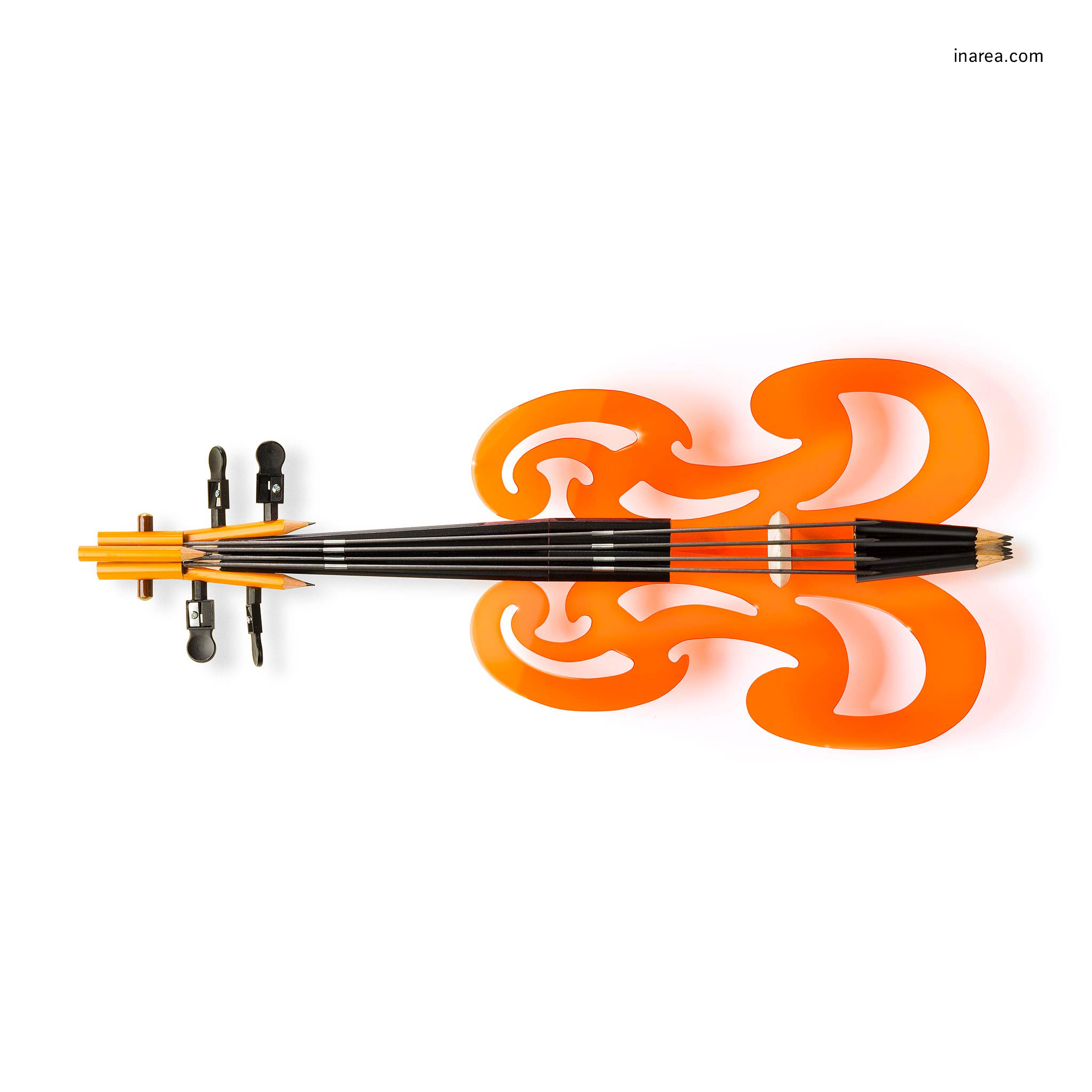Today we’re going to tell you a story about the 8vo (octavo) which was invented thanks to a brilliant paper-folding operation. Our story takes place during the Renaissance: in Mainz, Johannes Gutenberg has already printed his Bible while in Italy, in Venice to be precise, there’s a certain printer who is fascinated by the idea that the design is in the message. His name is Aldus Manutius (or, in Italian, Aldo Manuzio) and he’s luring to his ‘Aldine Press’ the top artists and engravers of the day – not to mention philosophers such as Erasmus of Rotterdam. Why? Because he’s in the process of creating a brand new style in reading: the predecessor of the modern paperback.
In Germany the printing presses were rolling off books which, albeit modern, seemed tailored for bygone times: bulky tomes that were so hefty they couldn’t be carried around easily. Moreover, their thick Schwabacher typeface certainly did not make Gothic lettering easy on the eye. Manutius’ masterstroke, on the other hand, consisted in his fonts: it was he who inspired Garamond, a font which is so good at hiding discreetly behind the words themselves that continues to be extensively used to this day. Next came the font which, on account of Manutius’ nationality, is called Italic – one of the latter’s many advantages being that it allows more letters to fit onto a page. And then came the 8vo volume, obtained by printing 16 pages of text on a full sheet of paper and folding it 3 times to produce 8 leaves: here then was the ‘mobile’ book which one could finally hold in the palm of one’s hand and take and read anywhere, even in the new worlds that were being discovered. It was nothing short of a revolution, comparable to the one that occurred in recent years when the telephone became… mobile.
At any rate, five hundred years on, printing still seems driven by this kind of inspired frugality. Something similar has happened at Bari University’s Faculty of Architecture where a violin has been designed in 3D; thus, thanks to 3D-printing, the string-instrument can be produced in one day at the cost of approximately 100 Euros (as opposed to the 6 months required by a luthier, and a cost well above the thousand mark). Naturally this fiddle can’t compete with the handcrafted instrument but constitutes, nevertheless, an invitation to step inside the world of music without too much fuss or expense. In the very same way that, in spite of their compactness, Manutius’ pocket-size books expanded readers’ horizons, making their world a bigger place.
Is our approach to sound about to change? Who knows. However history does teach us the importance of always being, ahem, in tune with the times.

